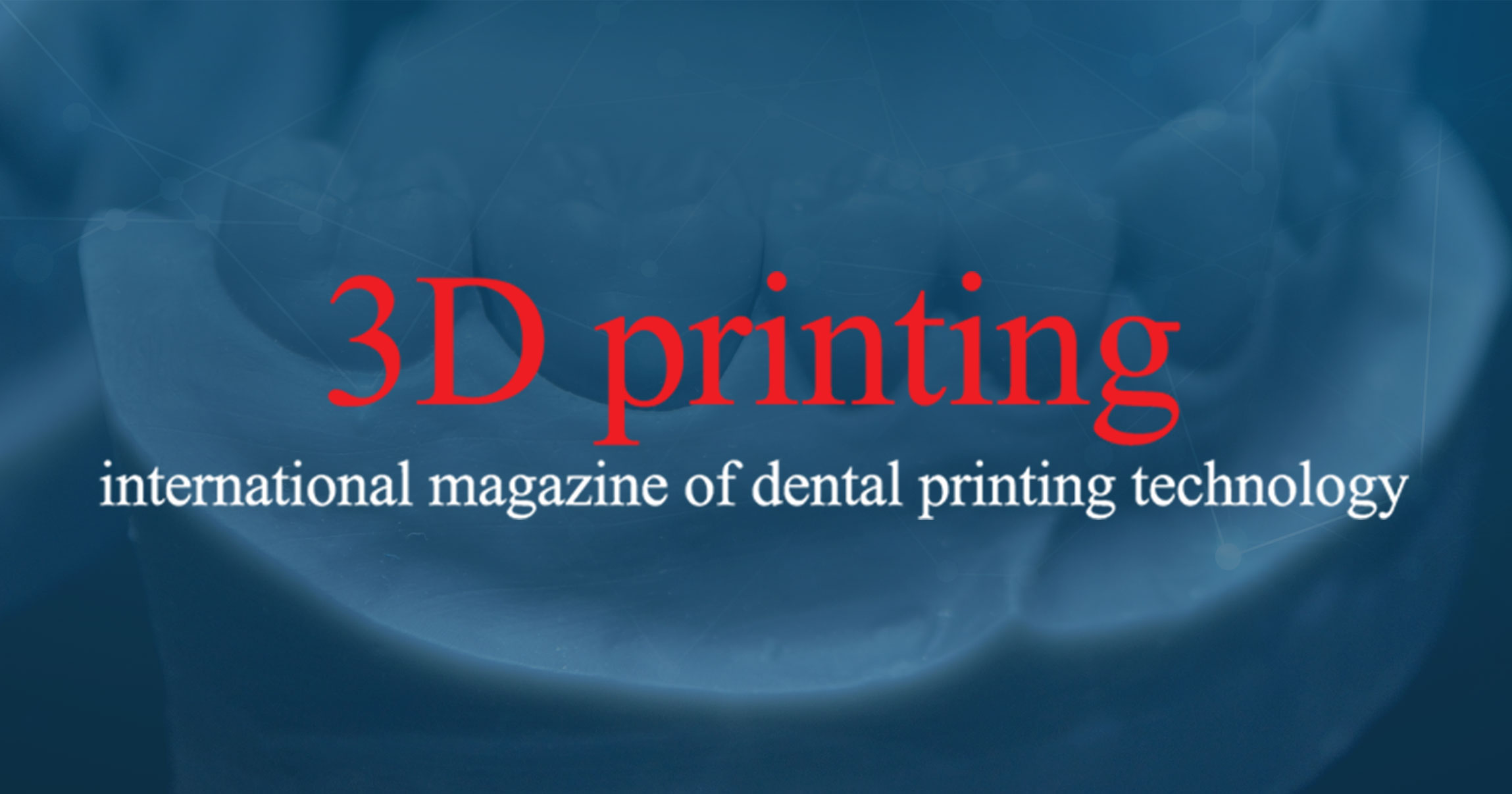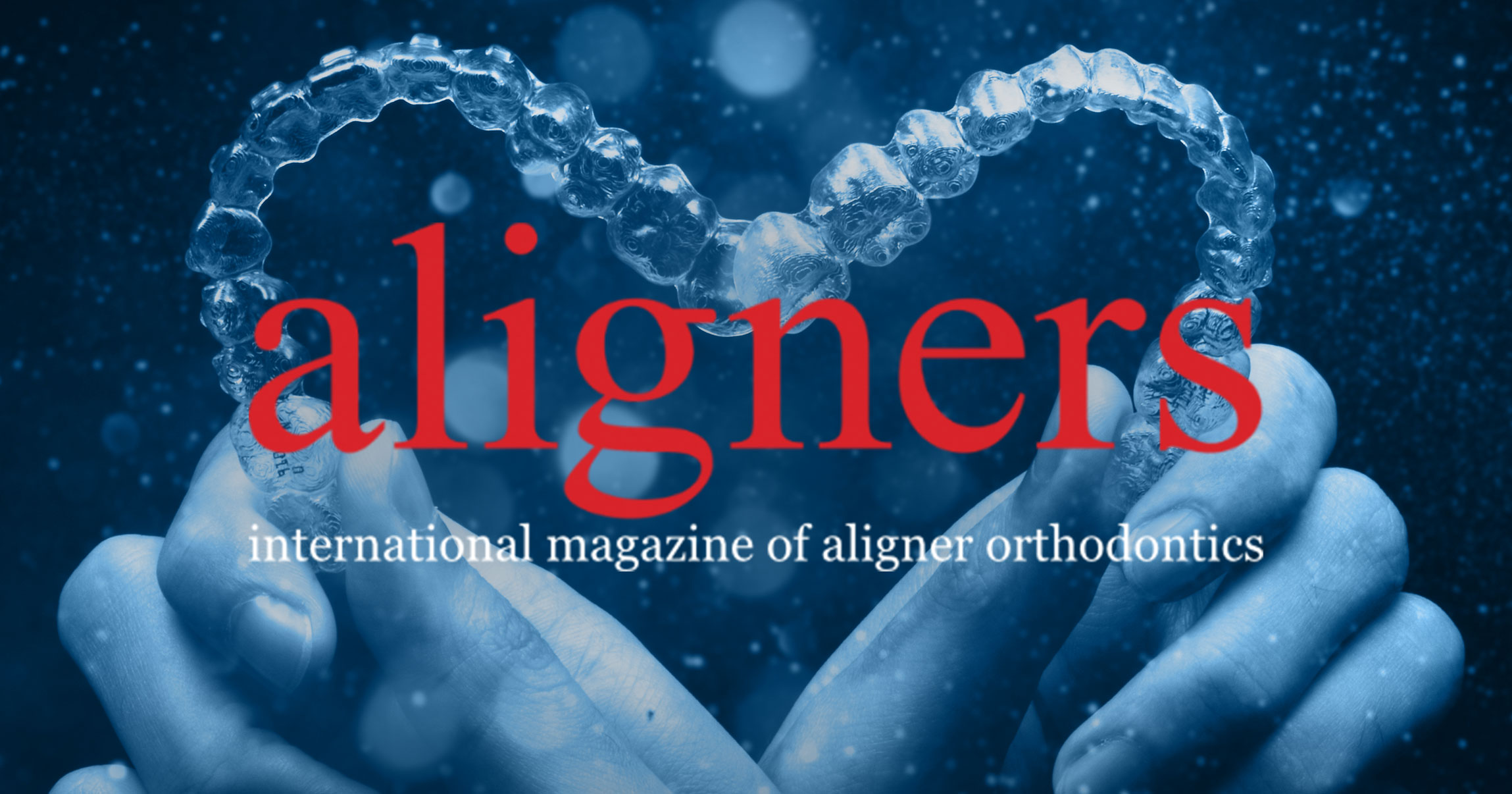DUNEDIN, New Zealand: Investigating the provision of dental care at the Faculty of Dentistry at the University of Otago, New Zealand’s only dental school, Kiwi researchers have found clear differences in the provision of dental extractions, endodontic treatment, crowns, and preventive care for Maori and Pacific Islanders, as well as patients of low socio-economic status (SES).
The findings suggest that Maori, Pacific Islanders and people with a low income were less likely to receive preventive care—which is free or at low cost—and extraction alternatives such as endodontic treatment or crowns. Consequently, Maori had 1.8 greater odds of having had a tooth extracted than European New Zealander patients, while Pacific Islanders had 2.1 times the odds. Moreover, patients of low SES had 2.4 times greater odds of having had a tooth extracted than did high SES patients.
In addition to highlighting inequalities in dental care provision, the results confirm previous findings that costs remain a primary barrier to receiving appropriate dental care. “We have a service that is dedicated for children and adolescence, but once a person reaches adulthood, they’re on their own,” lead researcher Dr Jonathan Broadbent told ONE News.
In New Zealand, residents are entitled to free basic oral health services until their 18th birthday. The university’s clinics provide dental care at prices that are generally lower than those provided in private dental practice. Hence, the observed treatment inequalities are likely to be an underestimate of those occurring in private dental practice in the country, the researchers stressed.
Considering that the university’s dentistry school is the country’s only institution for the education and training of dentists, the results give insights into how New Zealand dental students may treat patients once they have completed their training, the researchers said. In the dental setting, practitioners and students may make assumptions based on ethnicity or SES about whether a patient is likely to conform to a preventive care regimen, or they might make judgements about a patient’s ability to pay for alternatives to dental extraction, they wrote.
Policies addressing the reduction of inequalities should therefore include enhanced cultural training for dentists and promote greater ethnic diversity among dental professionals. “Right now the proportion of Maori and Pacific in the dental workforce is very low and does not mirror the proportion of Maori and Pacific that are in the wider population,” Broadbent said.
The researchers collected data from 23,799 patients treated in the clinics between 2006 and 2011. In the study group, 5.4 per cent were Maori, 2.0 per cent Pacific Islander, 4.8 per cent Asian, and the remainder European New Zealander. Regarding SES, 17.0 per cent were classified as being of low SES, and 11.3 per cent were beneficiaries or unemployed during the study period.
The study, titled “Ethnic and socioeconomic inequalities in dental treatment at a school of dentistry”, was published in the June issue of the New Zealand Dental Journal.



 阿尔巴尼亚 / Albania
阿尔巴尼亚 / Albania
 奥地利 / Österreich
奥地利 / Österreich
 波斯尼亚和黑塞哥维那 / Босна и Херцеговина
波斯尼亚和黑塞哥维那 / Босна и Херцеговина
 保加利亚 / България
保加利亚 / България
 克罗地亚 / Hrvatska
克罗地亚 / Hrvatska
 捷克共和国和斯洛伐克 / Česká republika & Slovensko
捷克共和国和斯洛伐克 / Česká republika & Slovensko
 芬兰 / Suomi
芬兰 / Suomi
 法国 / France
法国 / France
 德国 / Deutschland
德国 / Deutschland
 希腊 / ΕΛΛΑΔΑ
希腊 / ΕΛΛΑΔΑ
 意大利 / Italia
意大利 / Italia
 荷兰 / Nederland
荷兰 / Nederland
 北欧的 / Nordic
北欧的 / Nordic
 波兰 / Polska
波兰 / Polska
 葡萄牙 / Portugal
葡萄牙 / Portugal
 罗马尼亚和摩尔多瓦 / România & Moldova
罗马尼亚和摩尔多瓦 / România & Moldova
 斯洛文尼亚 / Slovenija
斯洛文尼亚 / Slovenija
 塞尔维亚和黑山 / Србија и Црна Гора
塞尔维亚和黑山 / Србија и Црна Гора
 西班牙 / España
西班牙 / España
 瑞士 / Schweiz
瑞士 / Schweiz
 火鸡 / Türkiye
火鸡 / Türkiye
 英国和爱尔兰 / UK & Ireland
英国和爱尔兰 / UK & Ireland
 国际的 / International
国际的 / International
 巴西 / Brasil
巴西 / Brasil
 加拿大 / Canada
加拿大 / Canada
 拉丁美洲 / Latinoamérica
拉丁美洲 / Latinoamérica
 利用 / USA
利用 / USA
 印度 / भारत गणराज्य
印度 / भारत गणराज्य
 日本 / 日本
日本 / 日本
 巴基斯坦 / Pākistān
巴基斯坦 / Pākistān
 越南 / Việt Nam
越南 / Việt Nam
 东盟 / ASEAN
东盟 / ASEAN
 以色列 / מְדִינַת יִשְׂרָאֵל
以色列 / מְדִינַת יִשְׂרָאֵל
 阿尔及利亚 / الجزائر
阿尔及利亚 / الجزائر
 中东 / Middle East
中东 / Middle East
:sharpen(level=0):output(format=jpeg)/up/dt/2023/03/IDS2023a.jpg)
:sharpen(level=0):output(format=jpeg)/up/dt/2023/03/CEOPH.jpg)
:sharpen(level=0):output(format=jpeg)/up/dt/2023/03/impltsaveWeb.jpg)
:sharpen(level=0):output(format=jpeg)/up/dt/2023/02/europ1.jpg)
:sharpen(level=0):output(format=jpeg)/up/dt/2023/02/CADADET.jpg)







:sharpen(level=0):output(format=png)/up/dt/2013/04/Dentsply-Sirona.png)
:sharpen(level=0):output(format=png)/up/dt/2022/01/HASSBIO_Logo_horizontal.png)
:sharpen(level=0):output(format=png)/up/dt/2022/02/shining-3d-logo-02.png)
:sharpen(level=0):output(format=png)/up/dt/2014/02/Planmeca.png)
:sharpen(level=0):output(format=png)/up/dt/2023/03/ACTEON_NEW-logo_03-2024.png)
:sharpen(level=0):output(format=png)/up/dt/2013/03/LM-Dental.png)
:sharpen(level=0):output(format=jpeg)/up/dt/2022/08/DTCHI_0322_FINAL.jpg)
:sharpen(level=0):output(format=jpeg)/up/dt/e-papers/307114/1.jpg)
:sharpen(level=0):output(format=jpeg)/up/dt/e-papers/302868/1.jpg)
:sharpen(level=0):output(format=jpeg)/up/dt/e-papers/295582/1.jpg)
:sharpen(level=0):output(format=jpeg)/up/dt/e-papers/274907/1.jpg)
:sharpen(level=0):output(format=jpeg)/up/dt/e-papers/271655/1.jpg)
:sharpen(level=0):output(format=png)/up/dt/2023/03/IMP-Banner-Image-World-Summit-Athens.png)
:sharpen(level=0):output(format=jpeg)/up/dt/2023/03/corp-en-us-image-dsw23-homepage-teaser-stage.jpg)
:sharpen(level=0):output(format=jpeg)/up/dt/2017/01/0762ff280a84ec7cd4f170c2ac650524.jpg)

:sharpen(level=0):output(format=jpeg)/up/dt/2023/03/IDS2023a.jpg)
:sharpen(level=0):output(format=gif)/wp-content/themes/dt/images/dt-user.gif)
:sharpen(level=0):output(format=jpeg)/up/dt/2023/02/CADADET.jpg)
:sharpen(level=0):output(format=jpeg)/up/dt/2020/06/Digital-Dental-Show-Amann-Girrbach-virtual-exhibition-stand-offers-added-value.jpg)
:sharpen(level=0):output(format=jpeg)/up/dt/2019/09/Sino-Dental-2019.jpg)
:sharpen(level=0):output(format=jpeg)/up/dt/2017/09/resize_1505392105_uploads_images_0d0257a0acd6f430ccd6c124c9f05955_jpg_610x0_85.jpg)
:sharpen(level=0):output(format=jpeg)/up/dt/2021/06/g-cem-one-780x439-.jpg)
:sharpen(level=0):output(format=jpeg)/up/dt/2017/01/da4c4ee08cb27e23c7789e106921e371.jpg)
:sharpen(level=0):output(format=jpeg)/up/dt/2017/01/dad065f30b5832af73f1b730316e6180.jpg)
:sharpen(level=0):output(format=jpeg)/up/dt/2017/01/759a56eb57fde947e63ce8aa90f01970.jpg)
:sharpen(level=0):output(format=jpeg)/up/dt/2017/06/resize_1496386571_uploads_images_0401bab2806df716751eaa4d007f0ea2_jpg_610x0_85.jpg)
:sharpen(level=0):output(format=jpeg)/up/dt/2017/05/resize_1495440854_uploads_images_f7eec11ffe77a903ce1361e0562aa77c_jpg_610x0_85.jpg)
:sharpen(level=0):output(format=jpeg)/up/dt/2021/06/goldbd1.jpg)









:sharpen(level=0):output(format=jpeg)/up/dt/2023/03/IDS2023a.jpg)
:sharpen(level=0):output(format=jpeg)/up/dt/2023/03/CEOPH.jpg)
:sharpen(level=0):output(format=jpeg)/up/dt/2023/03/impltsaveWeb.jpg)
:sharpen(level=0):output(format=jpeg)/up/dt/e-papers/307114/1.jpg)
:sharpen(level=0):output(format=jpeg)/up/dt/e-papers/302868/1.jpg)
:sharpen(level=0):output(format=jpeg)/up/dt/e-papers/295582/1.jpg)
:sharpen(level=0):output(format=jpeg)/up/dt/e-papers/274907/1.jpg)
:sharpen(level=0):output(format=jpeg)/up/dt/e-papers/271655/1.jpg)
:sharpen(level=0):output(format=jpeg)/up/dt/2022/08/DTCHI_0322_FINAL.jpg)
:sharpen(level=0):output(format=jpeg)/up/dt/e-papers/311322/2.jpg)



